Edisto Island
Home of the “Black Kings”
There is a little-known island in South Carolina named Edisto that has an interesting history. Following the Civil War, a few newly freed slaves who had been on the Sea Island made good on their freedom to the point where they were able to thrive, earning the nickname “the black kings of Edisto.” One such “king” had a son named Henry Hutchinson, whose home, built in the late nineteenth century, stood next to Edisto’s first black-owned cotton gin, which Henry ran. This was a sign of how much things had improved for ex-slaves on the island following the war. The two-story home, built with some Victorian flourishes, featured a big wraparound porch that gave Henry and his wife, Rosa Swinton Hutchinson, ample views of both their field and the marsh in the distance. It is now called the Henry Hutchinson House.
“This was a sign of how much things had improved for ex-slaves on the island following the war.”
Edisto, which was originally occupied by the Edistow people, an Indigenous sub-tribe of the Cusabo, soon saw an influx of white Colonial settlers in the seventeenth century. An entry by Ford Walpole in the South Carolina Encyclopedia reads:
“In the mid-1500s Spanish settlers arrived on the island they called ‘Oristo’ and established a Jesuit mission. Englishman Robert Sandford explored Edisto in 1666, and a decade later the ‘Edistow’ deeded the island to the Lords Proprietors. The Spanish raided an English settlement on Edisto in 1686, but Anglo settlers and their African slaves remained and increased in the ensuing decades.”
Before 1700, the white settlers divided the island into tracts of land called plantations, on which they planted indigo, rice, and later cotton. Landowners also harvested timber and deerskins and herded cattle whose hides and salt beef were sold to the European market and Caribbean plantations, respectively.
With the success of the plantations, landowners grew rich following the American Revolution, and Edisto’s sought-after Sea Island cotton brought them fame. Of course, all the labor was carried out by hundreds of enslaved blacks stolen from the African continent. They formed a Gullah community and developed a language known as Gullah or Geechee, which exists to this day.
As the Civil War erupted, planters largely abandoned Edisto by November 1861, and within a month many remaining blacks managed to escape the few white masters left. These black escapees established refugee camps and took up arms. They even put up a resistance against a band of Confederate soldiers on a raid. Union forces were also stationed on the island for a time.
Henry’s father, Jim Hutchinson, was the son of a female slave and an unidentified white man. Jim served in the Union Navy while they were stationed on Edisto. The presence of the Union soldiers forced more plantation owners to flee both their land and slaves. After the war, Jim Hutchinson became a leader of the black community and urged the people to acquire property on the island.
“Jim Hutchinson became a leader of the black community and urged the people to acquire property on the island.”
Jim eventually pooled resources with many of the freed slaves and, as a collective, purchased land on Edisto. Like any cooperative venture, each purchaser then owned a small interest in the acquired lands. Sadly, the Henry Hutchinson House is all that remains of this short-lived heyday in black history that lasted till around the end of Reconstruction. While it stood vacant for years, deteriorating in idleness for close to a century, Henry’s descendants decided to sell the property, which consisted of ten or so undeveloped acres, to a land trust. That land trust aims to restore the home to its former glory and open it to the public.
____________________
Learn more about Edisto Island and its rich history by reading Edisto Island, 1663 to 1860: Wild Eden to Cotton Aristocracy (Definitive History).
You may also be interested in:
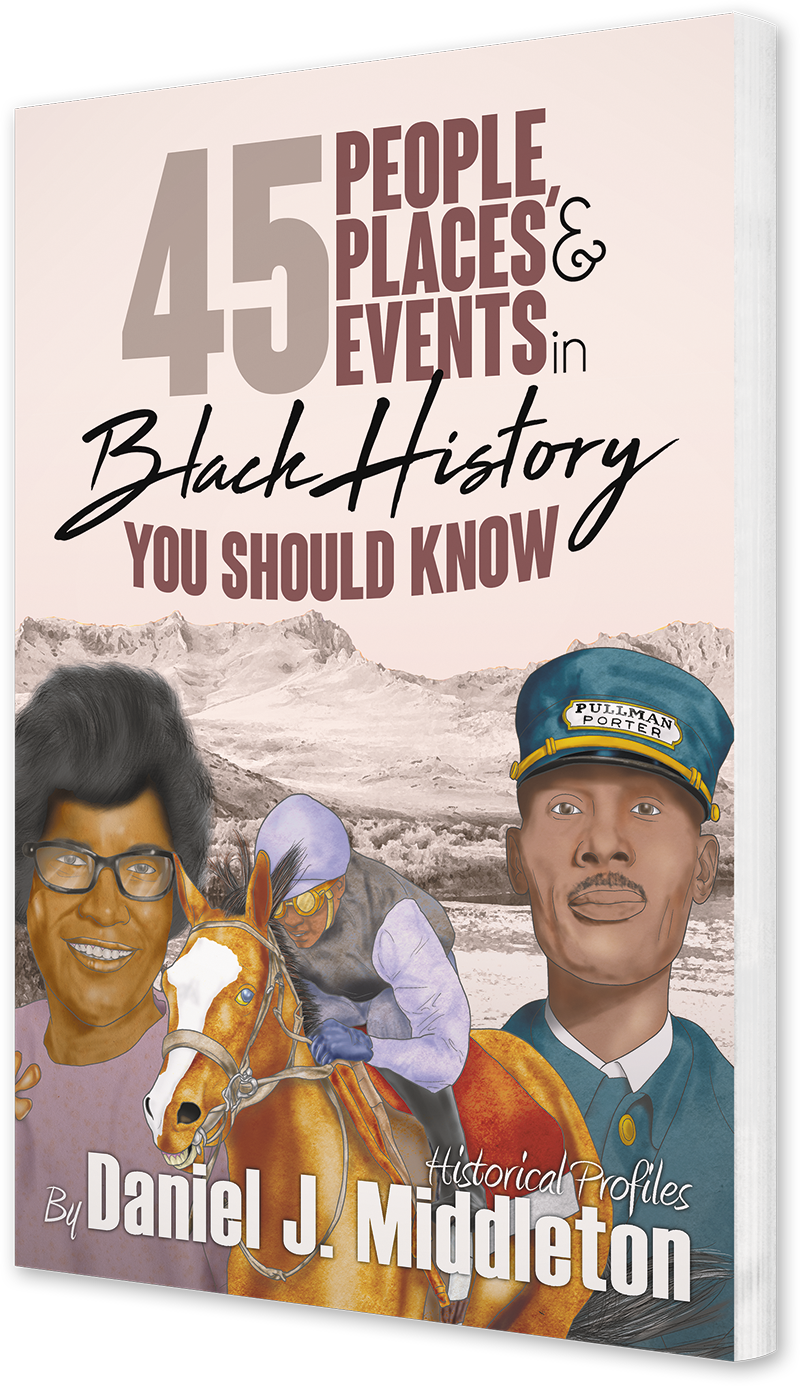
This article appears in 45 People, Places, and Events in Black History You Should Know.
Available from Amazon.com, BN.com, and other retailers.

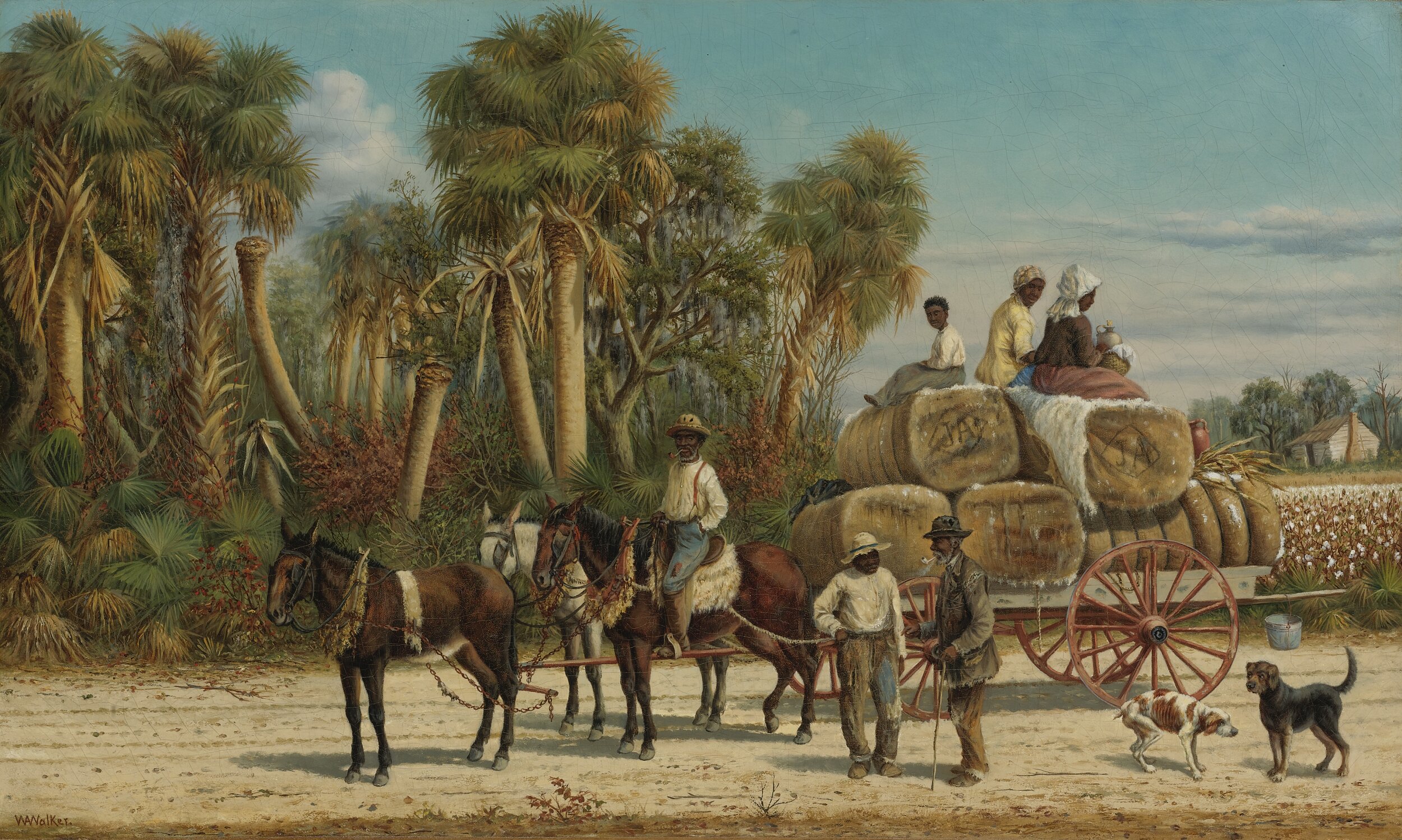
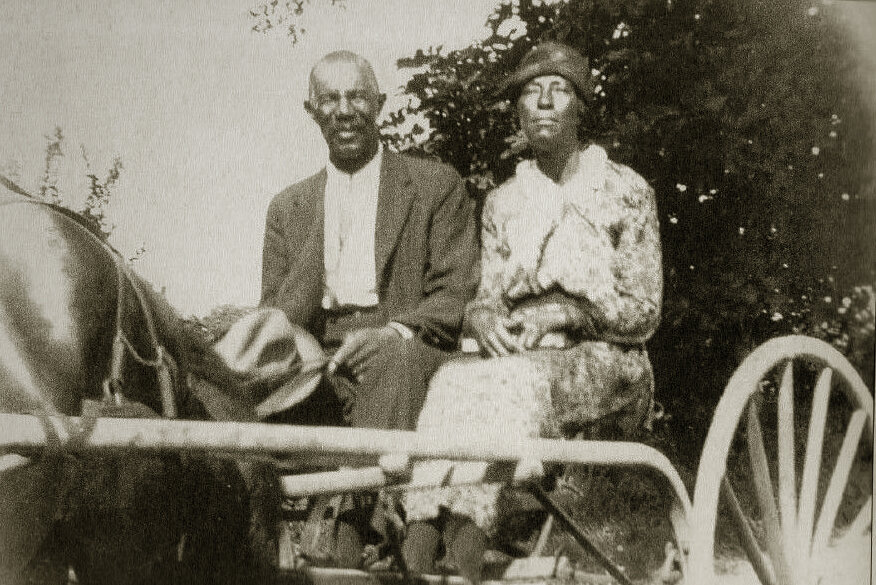
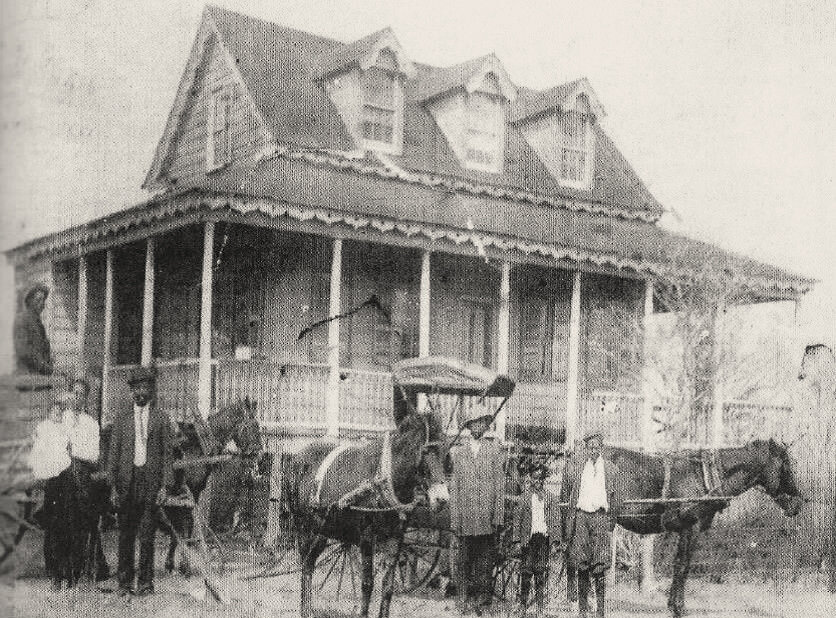
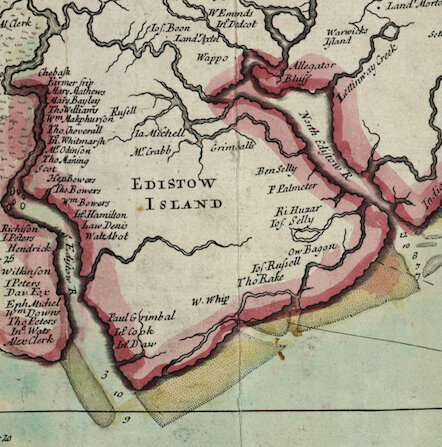

A brief history of Black History Month, the annual celebration of black achievement, and recognition of the central role black people have played in shaping U.S. culture and history.